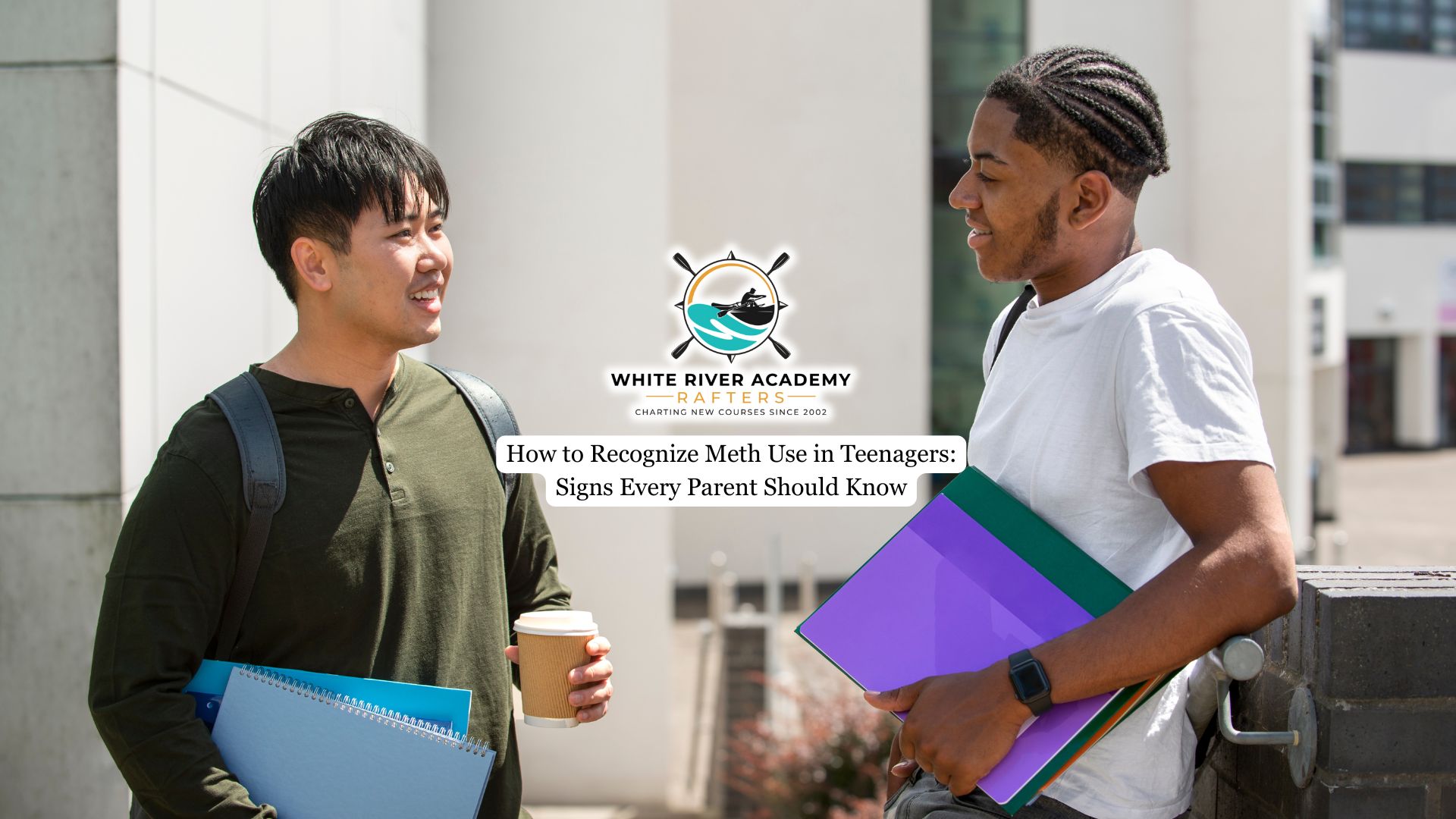Dealing with an abusive teenager, particularly an adolescent boy, can be one of the most emotionally taxing experiences a parent can face. Whether it’s physical aggression, verbal abuse, or emotional manipulation, the impact on family life can be overwhelming.
In this article, we will explore practical steps you can take when faced with an abusive teenager, including identifying warning signs, setting boundaries, and understanding when it’s time to seek professional help.
Understanding Abusive Behavior in Teenagers
Adolescence brings emotional and behavioral changes, and for teenagers, it can be a time of significant turmoil. When behavior turns abusive—through physical aggression, verbal attacks, or emotional manipulation—it often points to deeper issues such as substance use, mental health struggles, or unresolved trauma.
Drugs and alcohol can heighten emotional instability, leading to aggression. Similarly, conditions like depression, anxiety, or trauma may surface as abusive behavior. These challenges are often overwhelming for teenagers to manage on their own.
Abuse is rarely just about anger—it’s often a sign of internal distress. In these cases, therapeutic programs for troubled teenagers offer the structure and support needed to address the root causes. By combining therapy with education, these programs help teenagers work through emotional and behavioral issues while navigating adolescence and early adulthood pressures.
Identifying the Warning Signs of Abuse
Recognizing the warning signs of abuse early is essential in preventing the situation from escalating further.
While all teenagers experience moments of rebellion, abusive behavior goes beyond typical teenage defiance. Some signs to look out for include:
- Physical aggression: Hitting, pushing, or other forms of violence toward family members or peers.
- Verbal abuse: Constantly insulting, threatening, or belittling family members.
- Manipulation: Using guilt, fear, or intimidation to control situations or family dynamics.
- Isolation: Withdrawing from family members or friends or trying to isolate others from each other.
These behaviors can severely impact everyone in the household, and addressing them as soon as possible is important. If you notice consistent abusive behavior in teens, especially for teenage boys, it may be time to intervene and seek help before the behavior becomes more entrenched.
Setting Boundaries and Consequences
Adolescents, especially those struggling with behavioral issues, need to understand that there are consequences for their actions. It’s crucial to establish rules in the household that are enforced consistently, ensuring that abusive behavior is not tolerated.
When setting boundaries, be firm but fair. Explain the rules clearly and outline the consequences for violating them. When it comes to abusive behavior, it’s vital to stick to your word and not allow these actions to go unpunished.
Effective Communication Strategies
When a teenager, especially a young adult man, becomes aggressive or abusive, it can be difficult not to respond emotionally. Still, reacting with anger often intensifies the conflict. A calm, steady tone can help lower tension, even if he is yelling.
Communicating through “I” statements—such as saying, “I feel scared when you raise your voice”—can shift the conversation away from blame and toward understanding. Shouting, on the other hand, usually escalates things further. Timing also matters.
Resolving issues during heated moments rarely works, so it’s better to wait until both of you are calm. These strategies can improve communication, but it may be time to seek professional help if the behavior persists or intensifies.

Seeking Professional Help
As mentioned earlier, abuse often points to more profound struggles, such as substance abuse or mental health issues. Seeking professional help is not a sign of parental failure, it’s a proactive approach to help teenagers regain control of their lives.
Therapeutic programs offer a structured, supportive environment for those struggling with addiction, anger issues, and other behavioral problems. These programs can provide the emotional and psychological support needed to address the root causes of the abusive behavior. With a combination of therapy, education, and skills development, these programs help teenagers work through their challenges and find healthier coping methods.
The Benefits of Family Therapy
While individual therapy helps teenagers work through their challenges, family therapy helps address the dynamics that contribute to the behavior. Family therapy encourages open communication, rebuilds trust, and teaches families to set healthy boundaries.
Teenagers attending family therapy are more likely to see positive relationships and behavior changes. Family therapy can also help parents and siblings understand their challenges, creating a more supportive and unified household.
Creating a Safety Plan
Start by recognizing reliable adults in your life, like relatives, educators, or advisors, who can offer assistance and direction. Create techniques for handling disputes, such as establishing clear limits and steering clear of situations that may intensify aggression.
Prepare for crises by having crucial items like keys, a fully charged phone, and vital documents readily available. Think about secure areas within your residence or neighborhood where you can go if needed.
Speak with experts, like social workers or community support groups, to obtain resources such as therapy or protective services.
Frequently assess and modify the safety plan to address changes in behavior or circumstances, ensuring it stays effective and tailored to your situation.
Final Thoughts from White River Academy
When teenagers struggle with abusive behavior, underlying issues like substance use, emotional distress, or behavioral disorders are often involved. At White River Academy we provide residential therapeutic programs in Utah, which offer structured care that integrates clinical therapy, academics, and daily life skills. This environment helps troubled young people understand the root causes of their behavior, build healthier coping strategies, and begin to make meaningful, lasting changes.




